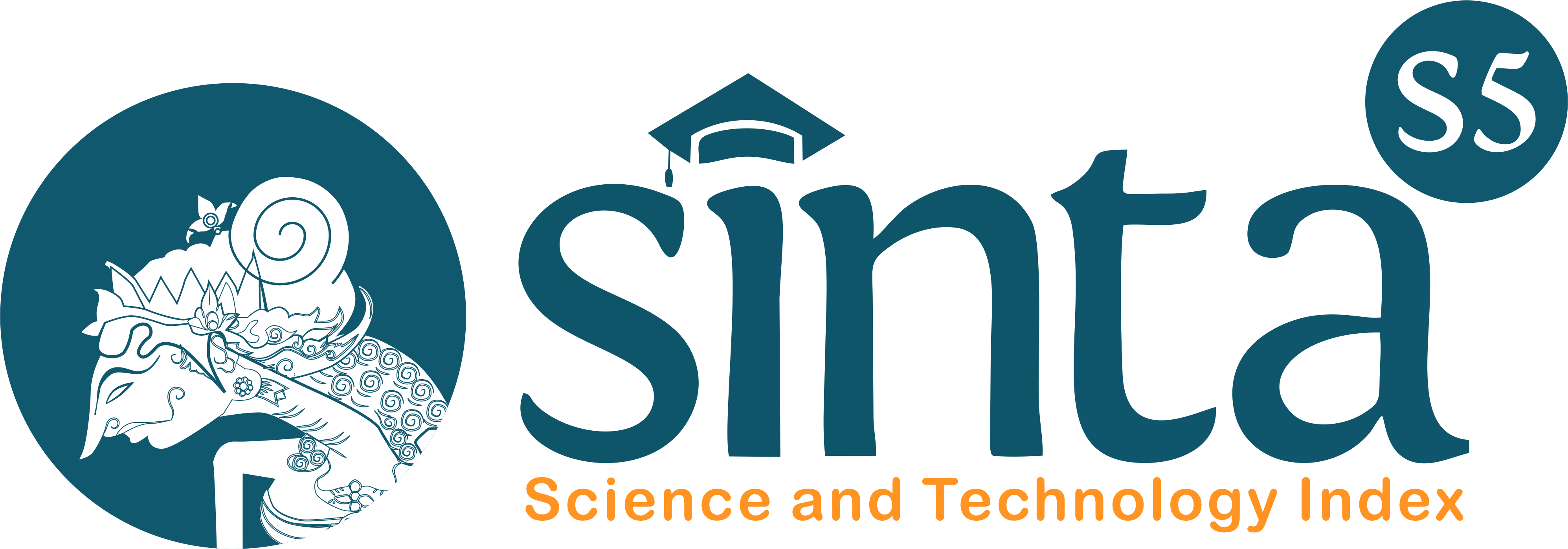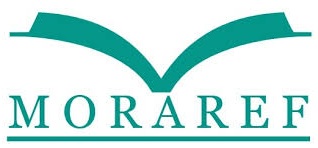Perbandingan Student Burnout pada Setiap Angkatan Mahasiswa Fakultas Kedokteran Universitas Muhammadiyah Sumatera Utara
Authors (s)
(1) * Alfi Sani Nasution
 (Universitas Muhammadiyah Sumatera Utara)
(Universitas Muhammadiyah Sumatera Utara) Indonesia
(2) Desi Isnayanti (Universitas Muhammadiyah Sumatera Utara)
Indonesia
(*) Corresponding Author
AbstractStress and burnout levels among medical students are among the highest. The numerous learning methods and the heavy academic demands experienced by students cause them to experience physical, mental, and emotional fatigue, leading to burnout. This study aims to determine the differences in student burnout among each class of students at the Faculty of Medicine, Muhammadiyah University of North Sumatra. The research method used was descriptive analytic with a cross-sectional design. The sampling method used was simple random sampling. The results of this study show a profile of burnout among UMSU Medical Faculty students, most dominantly found were engaged in the class of 2022 (18 students) , ineffective in the class of 2022 (11 students) , overextended in the class of 2023 (37 students) , disengaged in the class of 2024 (5.6%) , and burnout in the class of 2021 (37 students) 56.1%. The dimensions of burnout among UMSU Medical Faculty students indicate high levels of exhaustion (fatigue) in the 2021 intake (62 respondents (93.9%), high levels of cynicism (cynicism) in the 2021 intake (37 respondents (56.1%), and high levels of professional efficacy (professional efficacy) in the 2023 intake (61 respondents (92.4%). This study shows a significant difference between student burnout levels in each UMSU Medical Faculty student cohort with a p-value of 0.001 (p<0.05). Conclusion: Statistically, there is a significant difference between student burnout levels in each UMSU Medical Faculty student cohort.
|
Keywords
student burnout, medical students, and academics
Full Text: PDF
Refbacks
- There are currently no refbacks.
Copyright (c) 2025 Alfi Sani Nasution, Desi Isnayanti

This work is licensed under a Creative Commons Attribution-ShareAlike 4.0 International License.
This ejournal system and its contents are licensed under
a Creative Commons Attribution-ShareAlike 4.0 International License








.png)









